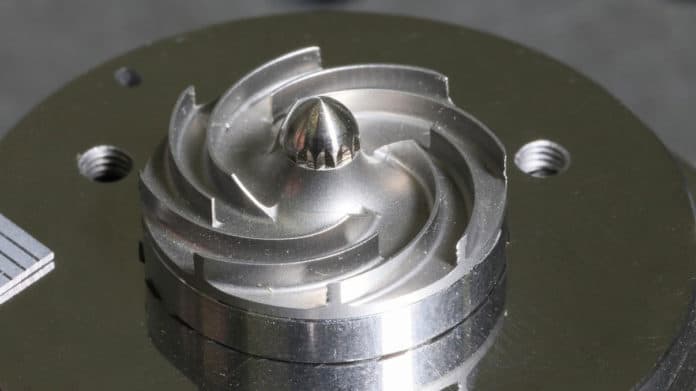While the stack aging rate limits the global fuel use of solid oxide cells (SOFCs), the fuel excess is usually utilized in a burner, and therefore constraining the electrical system effectiveness. Further, natural-gas-fueled SOFCs require treated water for the steam reforming procedure, which increments operational expenses.
Scientists at the EPFL have now introduced a new approach to increase fuel-cell efficiency and lifespan. Scientists used an anode off-gas recirculation fan driven by a steam turbine that runs on steam-lubricated bearings.
This is a novel way to improve the efficiency of domestic SOFCs, i.e., cells rated at six kWe (kilowatt-electric).
The steam turbine-driven fan, which recycles gases through the system, likewise builds cell life expectancy. This communitarian venture included three partners: the LAMD, the Group of Energy Materials (GEM) based at the EPFL Valais Wallis grounds in Sion and headed by Jan Van Herle, and SOLIDpower SA, a private firm situated in Yverdon-les-Bains.
Patrick Wagner, the paper’s lead author, said, “Because SOFCs operate at temperatures exceeding 600°C, the recirculation fan raises the pressure of the outlet gases, bringing it to a level compatible with the pressure inside the cell.”
Jürg Schiffmann, who heads the LAMD, said, “With the new system, the team observed impressive efficiency gains of as much as 10%. When we coupled the fan to a domestic-rated fuel cell running at part load, or 4.5 kWe, we achieved gross efficiencies of 66%.”
“By comparison, the most advanced power plants achieve efficiencies of 63% without generating recoverable heat. Moreover, these plants operate at capacity ranges in the hundreds of megawatts-electric, or MWe. In Switzerland, around 6% of that energy is lost between grid feed-in and withdrawal.”
Wagner said, “SOFCs, like almost all catalytic devices, are extremely delicate. If oil or another lubricant finds its way inside, it can cause real problems. Steam-lubricated bearings are mechanical parts that don’t require any oil. The rotating part of the system sits on a cushion of air generated by the shaft – another part of the system – as it spins.”
“This design has another benefit: other than during startup and shutdown, none of the parts come into contact with one another, which means they don’t wear.”
Wagner said, “The team used a steam turbine because SOFC outlet gases contain hydrogen and other potentially explosive compounds in the residual fuel. Our recirculation fan is made solely of mechanical parts, so it poses no safety risk.”
“That wouldn’t have been the case if we’d used an electric motor. The 34-Watt turbine is ideally suited for domestic-rated SOFCs. Measuring just 15 mm in diameter, it is one of the smallest steam turbines in the world.”
A paper detailing the research has been published in the journal Applied Energy.
